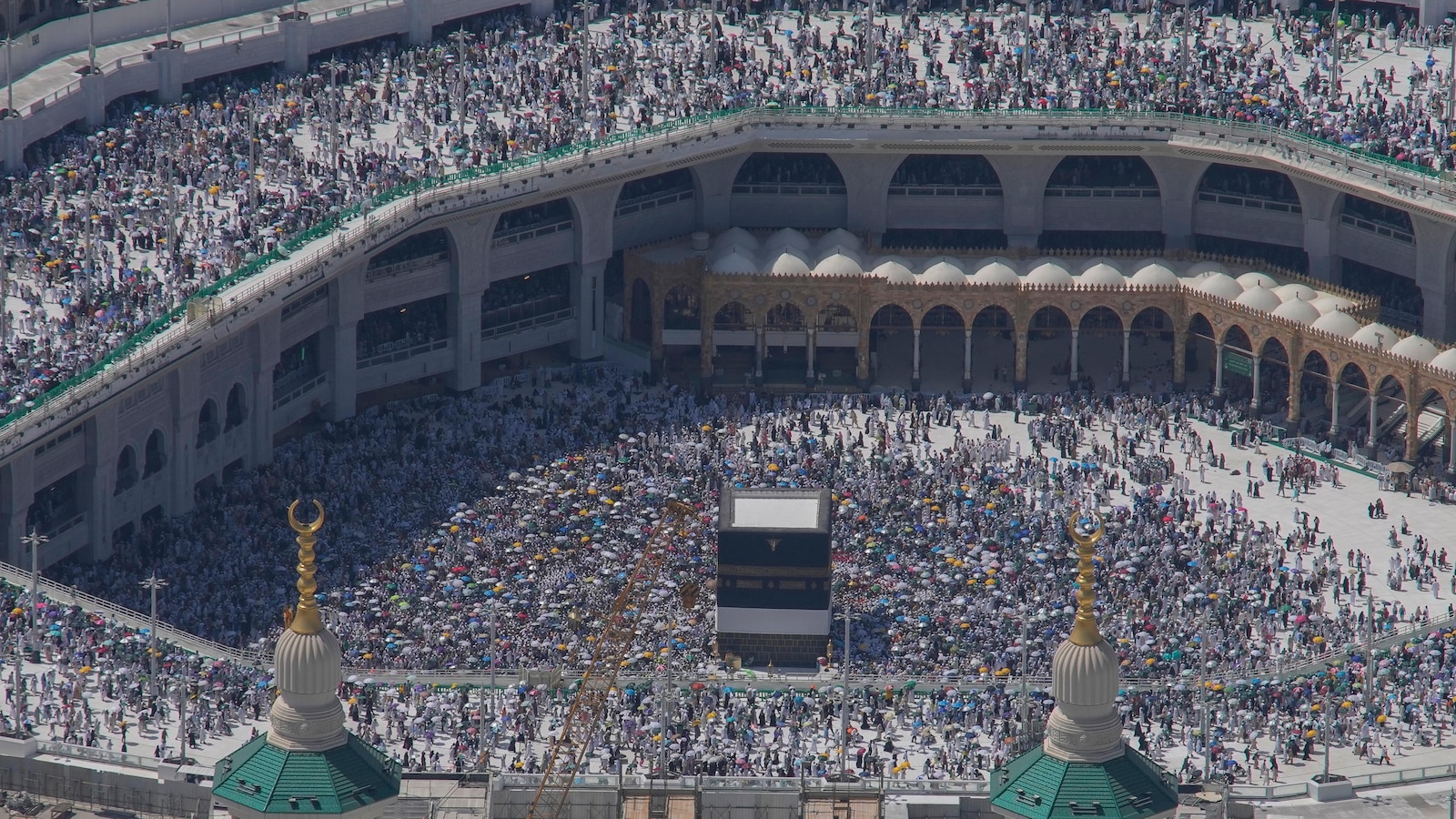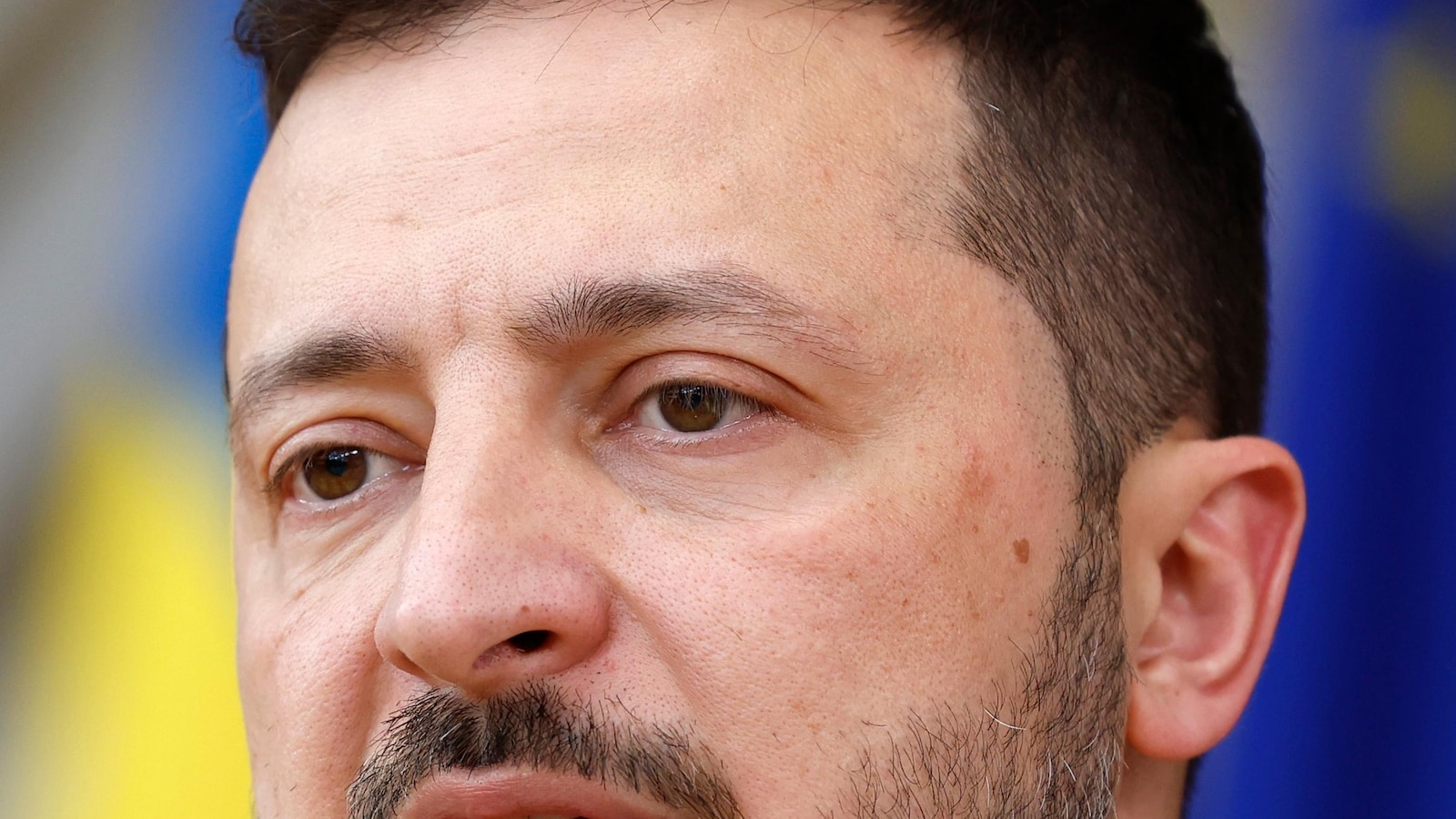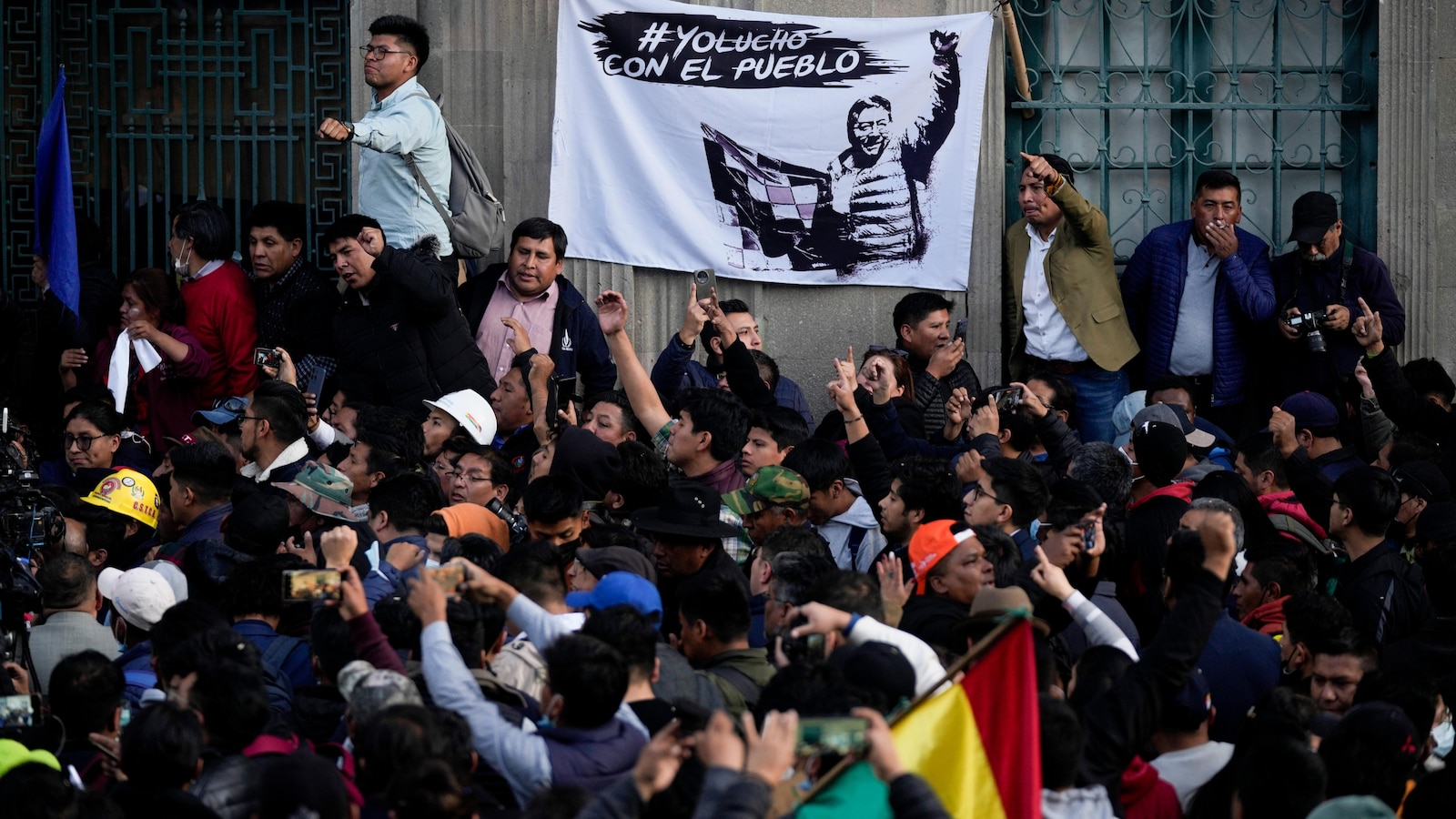
CAIRO — More than 1,000 people died during this year’s Hajj pilgrimage in Saudi Arabia as the faithful faced extreme high temperatures at Islamic holy sites in the desert kingdom, officials said Sunday.
More than half of the fatalities were people from Egypt, according to two officials in Cairo. Egypt revoked the licenses of 16 travel agencies that helped unauthorized pilgrims travel to Saudi Arabia, authorities said.
Saudi Arabia has not commented on the deaths during the pilgrimage, which is required of every able Muslim once in their life.
The Egyptian government announced the death of 31 authorized pilgrims due to chronic diseases during this year’s Hajj, but didn’t offer an official tally for other pilgrims.
However, a Cabinet official said that at least 630 other Egyptians died during the pilgrimage, with most reported at the Emergency Complex in Mecca’s Al-Muaisem neighborhood. Confirming the tally, an Egyptian diplomat said most of the dead have been buried in Saudi Arabia.
The officials spoke on condition of anonymity because they were not authorized to brief journalists.
Saudi authorities cracked down on unauthorized pilgrims, expelling tens of thousands of people. But many, mostly Egyptians, managed to reach holy sites in and around Mecca, some on foot. Unlike authorized pilgrims, they had no hotels to escape from the scorching heat.
In its statement, the government said the 16 travel agencies failed to provide adequate services for pilgrims. It said these agencies illegally facilitated the travel of pilgrims to Saudi Arabia using visas that don’t allow holders to travel to Mecca.
The government also said officials from the companies have been referred to the public prosecutor for investigations.
The fatalities also included 165 pilgrims from Indonesia, 98 from India and dozens more from Jordan, Tunisia, Morocco, Algeria and Malaysia, according to an Associated Press tally. Two U.S. pilgrims were also reported dead.
The AP could not independently confirm the causes of death, but some countries like Jordan and Tunisia blamed the soaring heat.
Associated Press journalists saw pilgrims fainting from the scorching heat during the Hajj, especially on the second and third days. Some vomited and collapsed.
Deaths are not uncommon at the Hajj, which has seen at times over 2 million people travel to Saudi Arabia for a five-day pilgrimage. The pilgrimage’s history has also seen deadly stampedes and epidemics.
But this year’s tally was unusually high, suggesting exceptional circumstances.
A 2015 stampede in Mina during the Hajj killed over 2,400 pilgrims, the deadliest incident ever to strike the pilgrimage, according to an AP count. Saudi Arabia has never acknowledged the full toll of the stampede. A separate crane collapse at Mecca’s Grand Mosque earlier the same year killed 111.
The second-deadliest incident at the Hajj was a 1990 stampede that killed 1,426 people.
During this year’s Hajj period, daily high temperatures ranged between 46 degrees Celsius (117 degrees Fahrenheit) and 49 degrees Celsius (120 degrees Fahrenheit) in Mecca and sacred sites in and around the city, according to the Saudi National Center for Meteorology. Some people fainted while trying to perform the symbolic stoning of the devil.
The Hajj, one of the five pillars of Islam, is one of the world’s largest religious gatherings. More than 1.83 million Muslims performed the Hajj in 2024, including more than 1.6 million from 22 countries, and around 222,000 Saudi citizens and residents, according to the Saudi Hajj authorities.
Saudi Arabia has spent billions of dollars on crowd control and safety measures for those attending the annual five-day pilgrimage, but the sheer number of participants makes ensuring their safety difficult.
Climate change could make the risk even greater. A 2019 study by experts at the Massachusetts Institute of Technology found that even if the world succeeds in mitigating the worst effects of climate change, the Hajj would be held in temperatures exceeding an “extreme danger threshold” from 2047 to 2052, and from 2079 to 2086.
Islam follows a lunar calendar, so the Hajj comes around 11 days earlier each year. By 2029, the Hajj will occur in April, and for several years after that it will fall in the winter, when temperatures are milder.
The annual Hajj pilgrimage in Saudi Arabia is one of the largest religious gatherings in the world, with millions of Muslims from around the globe traveling to Mecca to perform the sacred rituals. However, this year’s pilgrimage has been marred by tragedy, as officials report that more than 1,000 pilgrims have lost their lives.
The exact cause of the deaths is still under investigation, but reports suggest that a stampede occurred during one of the rituals at Mina, a valley located just outside of Mecca. The stampede reportedly took place as pilgrims were making their way to perform the “stoning of the devil” ritual, which involves throwing pebbles at three pillars that symbolize Satan.
The Saudi Arabian government has been criticized in the past for its handling of the Hajj pilgrimage, with concerns raised about overcrowding, inadequate infrastructure, and a lack of crowd control measures. In response to this year’s tragedy, Saudi officials have promised a thorough investigation and have vowed to improve safety measures for future pilgrimages.
The Hajj pilgrimage is a deeply spiritual and important journey for Muslims, who believe that performing the rituals at least once in their lifetime is a religious duty. The tragic loss of so many lives during this year’s pilgrimage is a sobering reminder of the risks and challenges that come with such a massive gathering of people.
As the investigation into the cause of the stampede continues, it is important for authorities to take swift action to prevent similar tragedies from occurring in the future. Improved crowd control measures, better infrastructure, and increased oversight are all necessary steps to ensure the safety and well-being of pilgrims during the Hajj pilgrimage.
Our thoughts and prayers are with the families and loved ones of those who lost their lives during this year’s pilgrimage. May they find comfort and solace in their faith during this difficult time.


